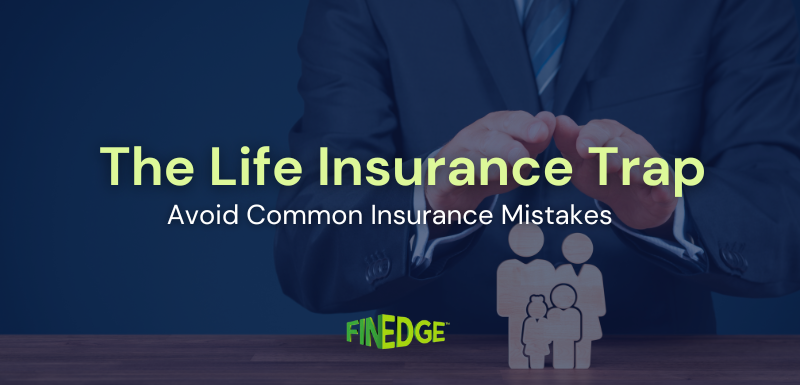How to Plan for Retirement: Key Steps and Why the Right Guidance Matters
- Retirement planning is not just a financial task, but a life decision.
- Estimating future expenses and building sustainable income is critical.
- Diversified investments and debt management are cornerstones.
- Professional guidance provides objectivity and structure.
Planning for retirement means more than choosing the right investments. It’s about aligning your money with the life you want, and making informed decisions every step of the way.
Understanding Retirement Planning
Retirement planning is the process of preparing financially for life after regular employment. It involves aligning your investments with your post-retirement lifestyle goals. For many, this includes maintaining current living standards, covering healthcare costs, and supporting family members. Starting early allows your investments more time to grow, but planning at any stage is valuable.
Rather than focusing solely on products or returns, retirement planning requires goal clarity and a disciplined approach. This means understanding how much you need, by when, and what kind of lifestyle you envision. Whether you're in your 30s or 50s, the right planning helps you avoid financial uncertainty later in life.
Key Components of Retirement Planning
-
Estimating Retirement Income Needs
Begin by asking: "How much will I need each month once I stop working?" Factor in inflation, rising medical costs, and longer life expectancy. Retirement is no longer a 10-15 year period; for many, it spans 25–30 years or more. Using conservative estimates ensures you're prepared for longevity.
-
Projected Expenses in Retirement
Separate essentials from lifestyle choices. Regular expenses like groceries, utility bills, and medical insurance will remain. One-time costs such as home repairs or family events should also be included. Planning should also account for increasing health-related expenses over time.
-
Managing Debt Responsibly
Entering retirement with unpaid liabilities can strain your cash flows. Prioritise clearing high-interest debts like credit cards or personal loans. Where housing or education loans exist, factor in EMIs while planning. Reducing liabilities provides more freedom and stability post-retirement.
Investment Strategies for Retirement
-
Diversifying Investment Portfolios
A well-balanced portfolio spreads investments across equity, debt, and hybrid instruments. Equity funds offer growth, while debt funds provide stability. As retirement nears, a shift towards lower-risk instruments helps preserve capital.
-
Risk Management in Investments
Managing risk doesn’t mean avoiding it altogether. It means aligning risk to your time horizon and goals. Regular portfolio reviews and rebalancing can protect your retirement corpus from volatility.
-
Systematic Withdrawals
Systematic Withdrawal Plans (SWPs) allow you to withdraw a fixed amount from your investments at regular intervals post-retirement. They help generate income without redeeming the full investment. Planning SWPs carefully ensures tax efficiency and consistent cash flow.
The Role of Expert Guidance
Many people begin planning with good intentions but lack the structure to see it through. Common mistakes include underestimating expenses, being overconfident about returns, or reacting emotionally to markets. A professional investment manager helps you avoid these pitfalls.
At FinEdge, our proprietary DiA platform is built around disciplined goal-based investing. Instead of pushing products, our investment managers work with you to define your retirement goals, plan around real-life situations, and adjust as your life evolves. It's not just about growing wealth, but growing it in a way that's aligned with your future.
FAQs
Your Investing Experts
Continue Reading
The Impact of Inflation on Your Retirement Plan
Inflation doesn’t feel alarming month to month, but over 25 years it can completely reshape your retirement needs. Planning with inflation in mind ensures your future lifestyle remains as comfortable as it is today.
Financial Planning Before and After Retirement India: A Complete Guide to Building & Managing Your Retirement Life
Planning for retirement is not just about saving, it’s about understanding how your needs evolve. Financial planning before and after retirement India requires two different skill sets: building your corpus before retirement and managing it wisely afterward so it lasts 25–30 years.
Beware of the Life Insurance Trap
Many life insurance buyers mistake savings for protection. Here’s how to spot common mis-selling traps and ensure your policy truly secures your family’s future.

.png)

